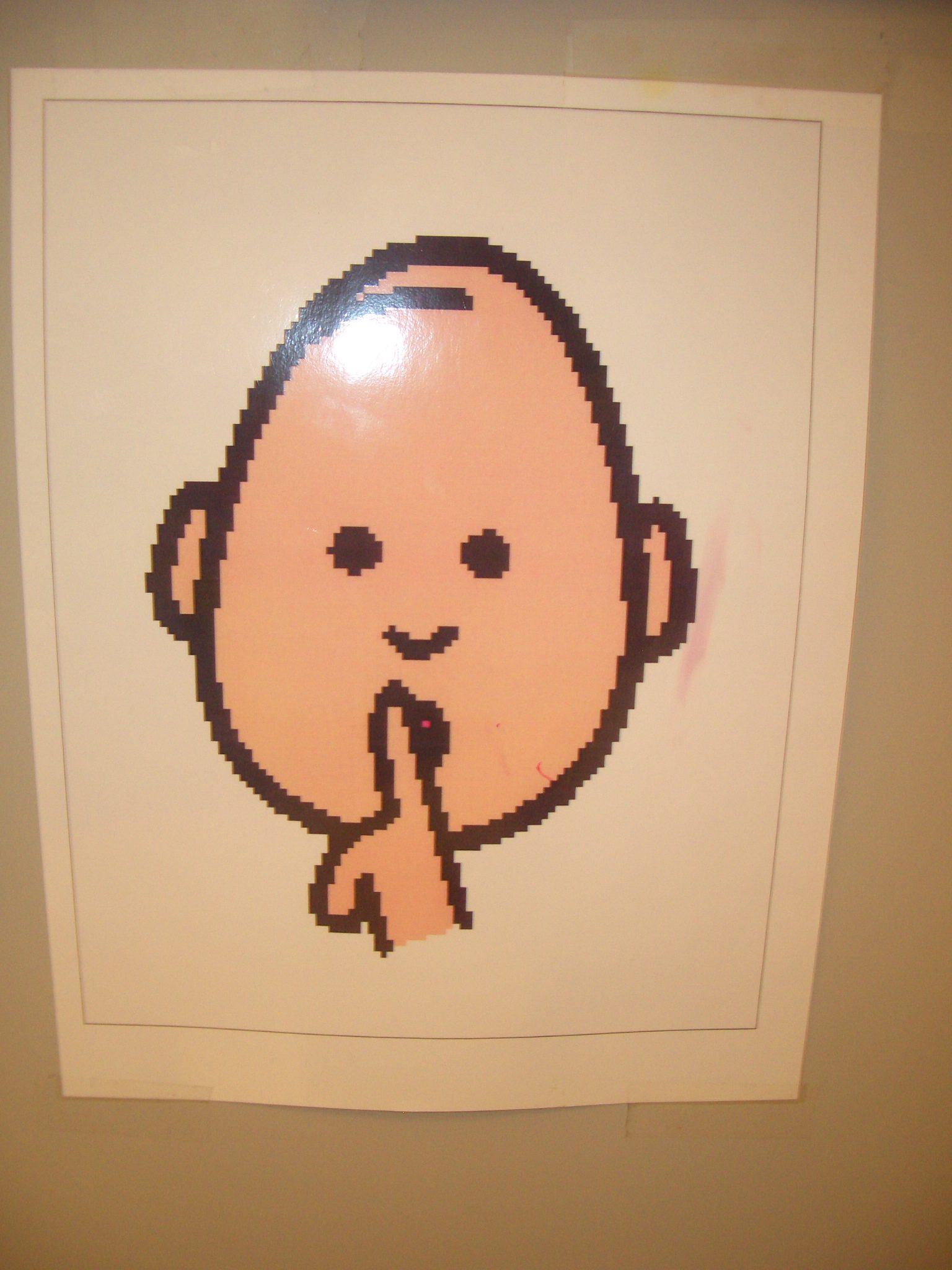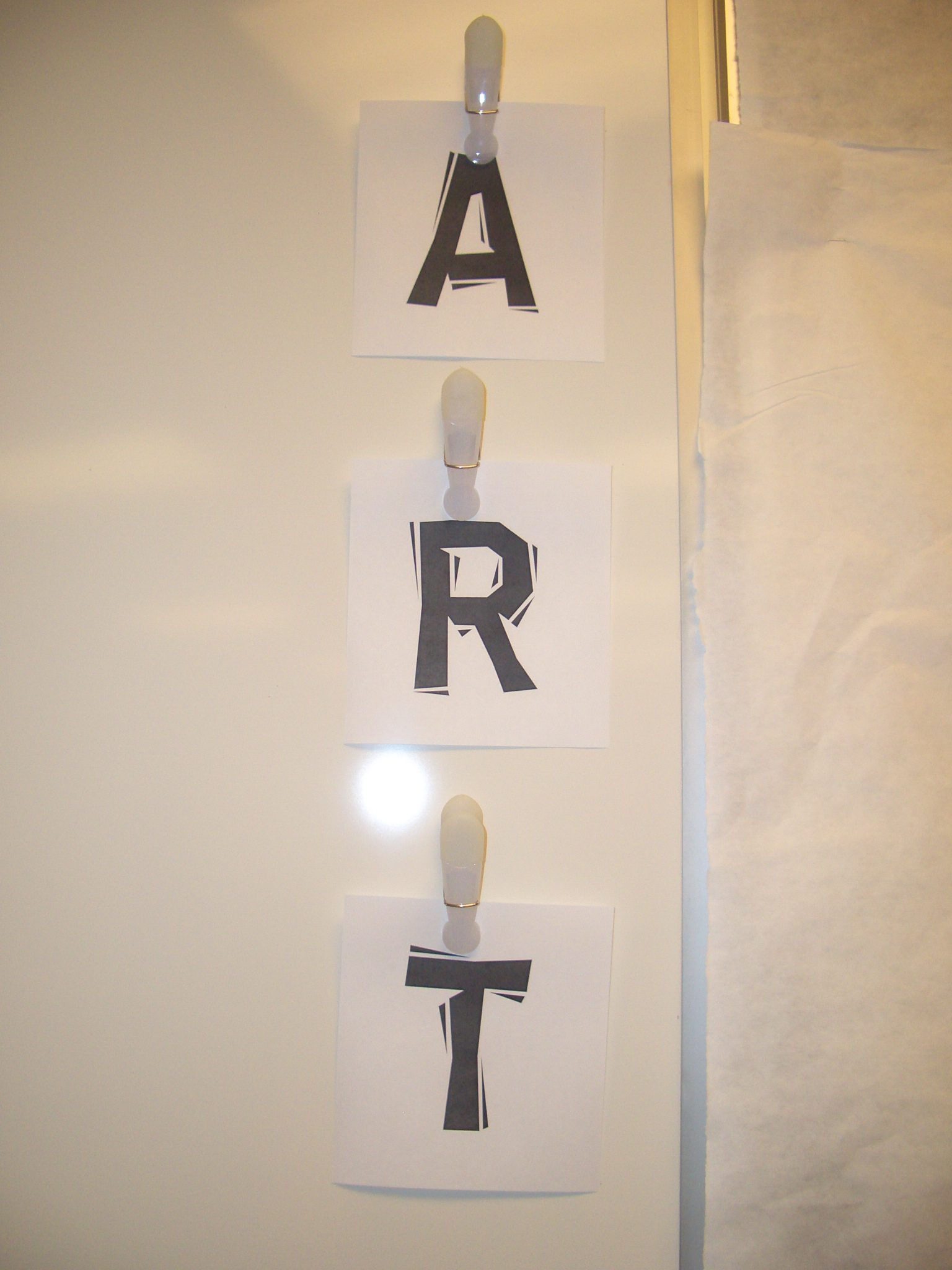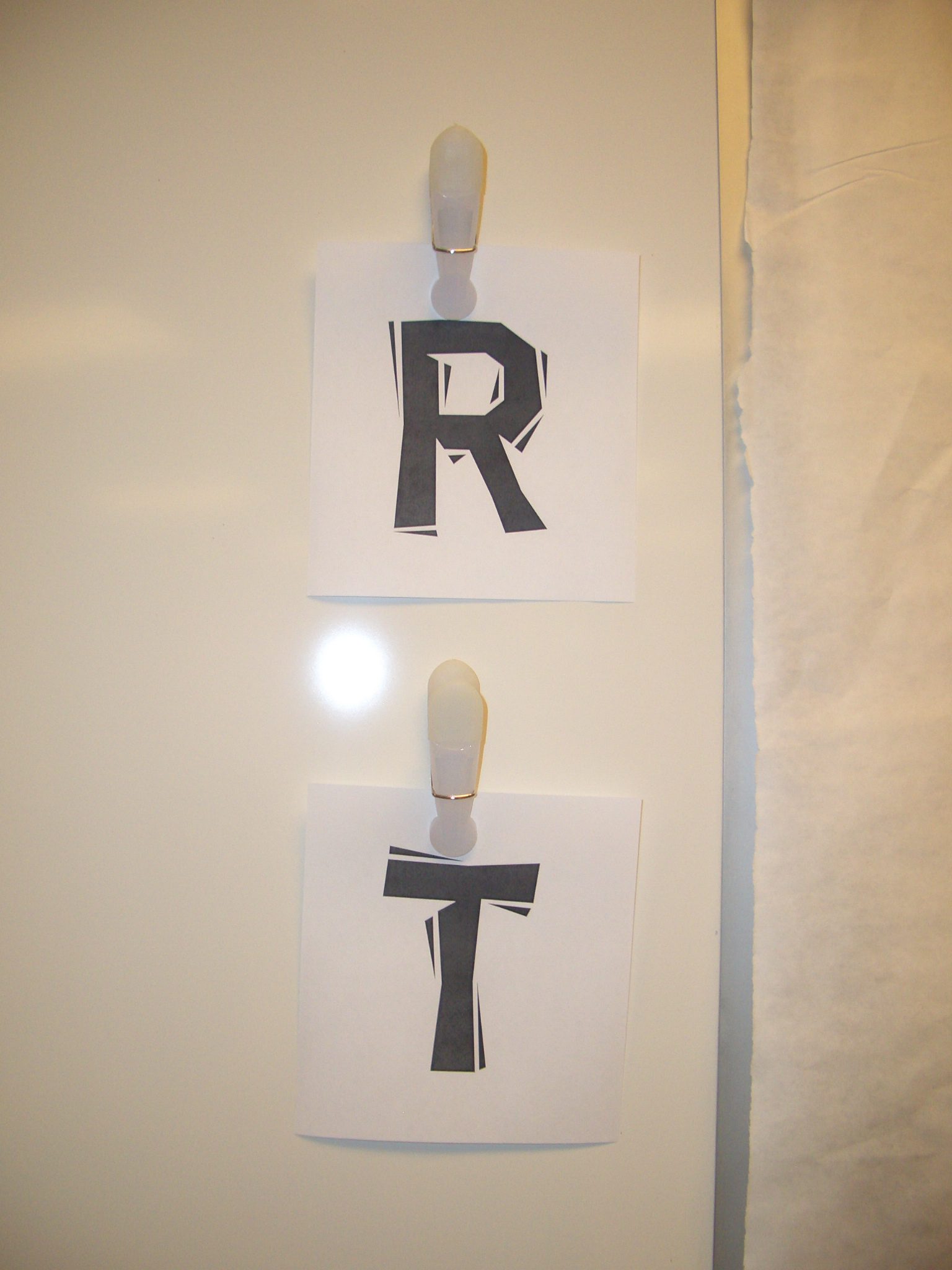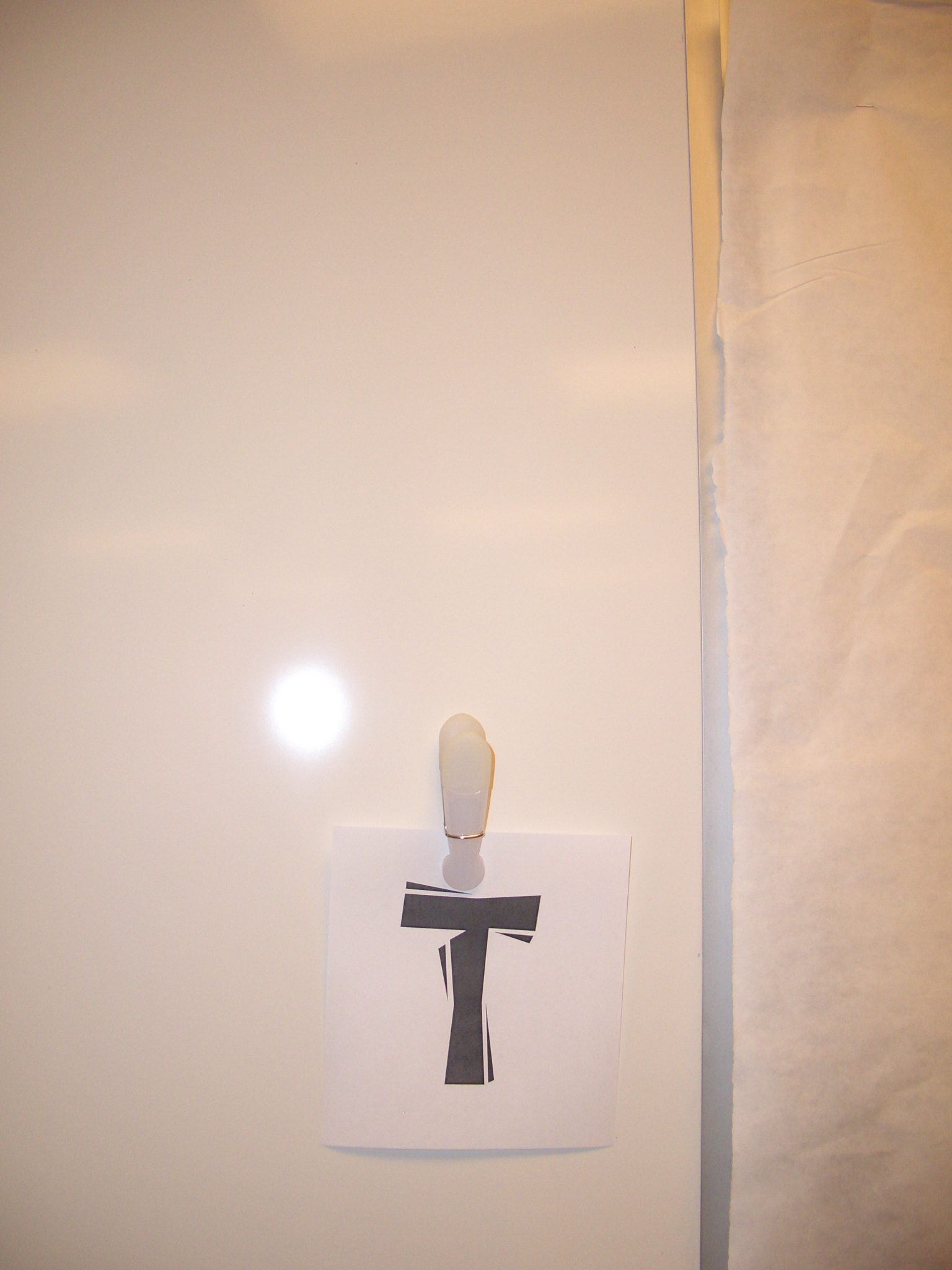 One of the very best things about art class is that students can chat with one another and work at the same time. I even tell the students that is one of MY favorite things: to be able to talk with them and get to know them in class. Although a blessing, if voices reach a certain level, learning becomes very difficult. We all know our number one job is to teach kids art and provide learning for all students. When voices in the art room become so loud that I can’t clearly hear a student to help them, or talk at a normal voice level to the entire class, I know learning can’t take place. (I’m sure you’ve had one of those days when you drive home with no radio at all, just to enjoy the silence because your day was so loud!) Some teachers might say, “Oh no big deal, it’s art class, it’s always loud.” This is unacceptable to me! I need to be able to teach and students deserve to be able to think and learn. A loud and unruly art room is a barrier to these goals and the rights of all of my students.
One of the very best things about art class is that students can chat with one another and work at the same time. I even tell the students that is one of MY favorite things: to be able to talk with them and get to know them in class. Although a blessing, if voices reach a certain level, learning becomes very difficult. We all know our number one job is to teach kids art and provide learning for all students. When voices in the art room become so loud that I can’t clearly hear a student to help them, or talk at a normal voice level to the entire class, I know learning can’t take place. (I’m sure you’ve had one of those days when you drive home with no radio at all, just to enjoy the silence because your day was so loud!) Some teachers might say, “Oh no big deal, it’s art class, it’s always loud.” This is unacceptable to me! I need to be able to teach and students deserve to be able to think and learn. A loud and unruly art room is a barrier to these goals and the rights of all of my students.
I have thought of trying many tactics to get kids to be quiet: I thought about incentives, I thought about point charts for behavior, reward systems, but in the end I do not belive in those types of things. It’s an expectation that learning will take place in my art room. Because of these beliefs, the simple and effective system that has worked fabulous for me consists of three simple letters… ART.
The letters ART are posted up on my whiteboard with magnets. If students become to loud, enter art class loudly, or as a whole class start to interrupt me when I am teaching, I take away the “A.”
Gasps are heard among the crowd of students! We just lost the “A.” To be honest, most of the time this is all that needs to take place. The students understand, they’ve gotten their warning. I’ve even had kids apologize to me in the hallway the next day for their class being disrespectful and losing the “A.” But, if after any amount of time the voice level becomes loud again or the behaviors continue, I will then proceed to take the “R.”
If the class ends up losing the “T” they will go to “no talking” for the remainder of art, no matter the amount of time left in class. For the younger students, I may even have them put their heads down for 5 minutes. And to answer the most common question I get from kiddos: No, you can’t earn letters back! To be honest, I only take the “T’ away maybe 5 times in an entire school year, which is a good indicator for me the system is working.
This method does not address specific individual behaviors I may encounter, but is a great way to manage large classes of students (mine are usually between 22-30 at one time) and provide for an environment that is conducive to teaching and learning. I have not found anything that works better for me!
What are some methods you use to keep the voice levels and behaviors in your art room at a low hum? Please share!
Magazine articles and podcasts are opinions of professional education contributors and do not necessarily represent the position of the Art of Education University (AOEU) or its academic offerings. Contributors use terms in the way they are most often talked about in the scope of their educational experiences.







